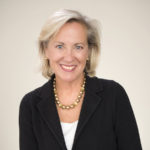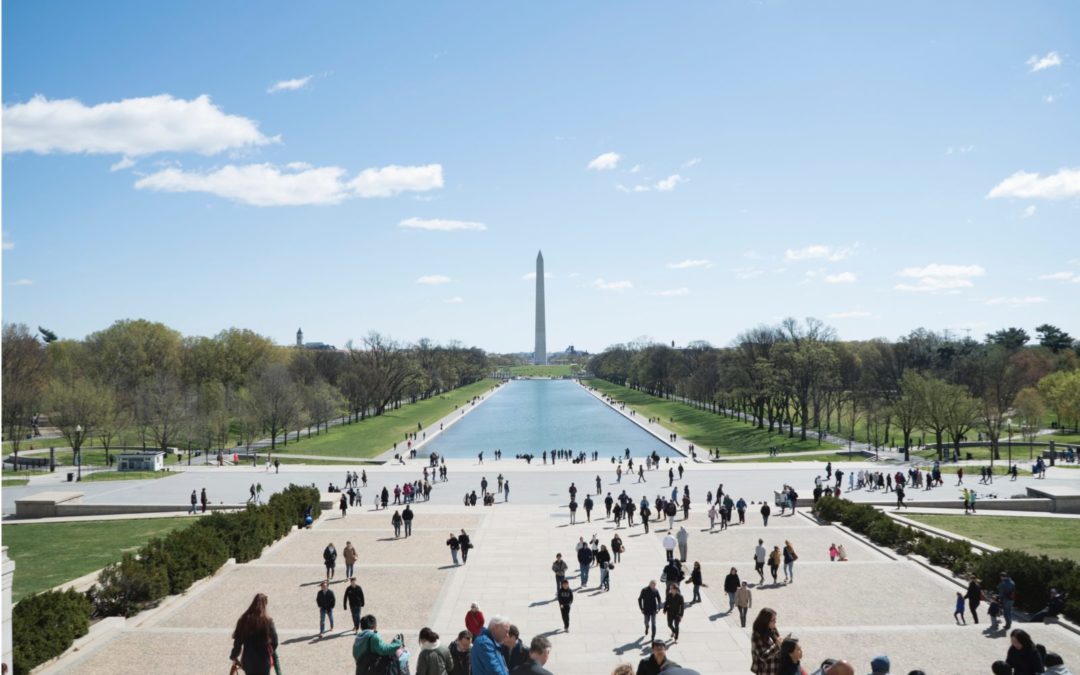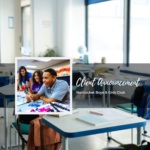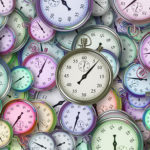 In April, we introduced our series, “The Leadership Conversations,” exploring topics and issues critical to the health of nonprofits with some of our nation’s top nonprofit leaders. This first installment is a conversation with Joan Wages, President Emerita, the National Women’s History Museum (NWHM). Our topic of conversation is “Building a Culture of Philanthropy.”
In April, we introduced our series, “The Leadership Conversations,” exploring topics and issues critical to the health of nonprofits with some of our nation’s top nonprofit leaders. This first installment is a conversation with Joan Wages, President Emerita, the National Women’s History Museum (NWHM). Our topic of conversation is “Building a Culture of Philanthropy.”
Joan served as president and CEO of the National Women’s History Museum for ten years from 2007–2017.
The vision of NWHM is to build a world-class museum at the National Mall in Washington, D.C. It will be the first museum in any nation’s capital to show the full scope of the history of its women and will serve as a guiding light to people everywhere. The current online museum honors, and raises awareness about, women’s diverse experiences and achievements through educational programs, scholarship and research.
Here, in a simple Q&A format, is what we learned.
Interview
Q. Cathy Card Sterling (CCS): What were your first steps toward building a culture of philanthropy?
A. Joan Wages (JW): When I first started at the Museum, I did so without the experience of leading a philanthropically focused organization. I had served on nonprofit Boards, but this was entirely different. I adopted a dual process, looking at the organization and its priorities, and at the skills I personally brought to the table. From there, we determined the Board and staff’s specific roles. Philanthropy had to be the focus since our goal was to potentially raise $400 million to build a physical museum on the National Mall. We worked with the Board and staff to form the basis of a philanthropic culture.
Q. CCS: What is the connection between program and philanthropy at the Museum?
A. JW: We realized early on that program is integral to our philanthropic efforts. Delivering on our mission—to disseminate information on the history of women and to build a museum on the National Mall—was the fundamental reason our members and donors were, and are, deeply engaged. We built our résumé of excellent projects to validate our organization. And, our direct response team brilliantly advised us on how to message our program specifically to attract members and donors. Our efforts resulted in outstanding results.
Q. CCS: Your collaborations have been critical, what are the stand-out partnerships during your tenure?
A. JW: From the beginning, we knew we needed partners, especially because we had no physical museum. Through these partnerships, we held two exhibitions at the Women in the Military Memorial, thanks to one of our Board members, Brig. General Wilma Vaught (Ret.). We also partnered with the American Red Cross that has significant material on the role of women during WWII. And, we partnered with National History Day, reaching more than half a million students around the world, providing a sponsored scholarship to one participant each year. We have 53 women’s organizations in our coalition who work with us to demonstrate to Congress that there is significant national support for our Museum.
Q. CCS: Many people believe that building a culture of philanthropy is about giving your donors and stakeholders a voice. Your members have been ardent and loyal supporters. You are very clear in your messaging, you talk to members in an inspiring, transparent and inclusive way. This story is about grass roots and the members who have kept this going for 20 years. The donors’ voice has always been solicited through online media at NWHM. How has this benefited your cause?
A. JW: Again, I credit our direct response team for ensuring that we always ask our members and donors what inspires them about the Museum and then we build relevant programs and content into our membership campaigns. We are frequently talking to our members through surveys, and continually meeting with donors, listening to what they connect to through our work.
Q. CCS: Building celebratory events and “campfires” is something at which NWHM excels. What are some of the standout events that you think have been important to building your community of donors?
A. JW: Our first event which was the 100th Anniversary of Good Housekeeping, a Hearst magazine, at CitiCenter in New York City was a great gift and partnership. It helped us launch into a new phase through significant production support and mega stars. These events opened our eyes to what is involved in doing sophisticated events. Our key misstep was that we didn’t shoot high enough. Our East and West Coast galas are now critical to our success as a virtual museum and in building name recognition.
Q. CCS: What is the Board’s role in building a culture of philanthropy?
A. JW: It is critical to bring people onto the Board who have experience as nonprofit Board members and who understand that they have financial obligations to ensure the Museum’s success. You can’t have a culture of philanthropy if leadership isn’t committed to it. Figuring out how all the pieces—the Board, program, communications, collaborations and partnerships—work together is our focus.
Q. CCS: What is your personal approach to individual major donors in building this culture of philanthropy?
A. JW: I am always as transparent and authentic with them as possible. I think of each individual high-level donor as a friend and ally. It comes down to listening to what they think is important. Women want this museum to happen, this is a common thread. They often are surprised to realize that there isn’t one already.
End Note
In March 2017, U.S. Representatives Carolyn Maloney (D-NY) and Ed Royce (R-CA) introduced H.R. 19, which currently has 252 cosponsors. In addition, Senators Susan Collins (R-ME) and Dianne Feinstein (D-CA) introduced companion legislation in the Senate. The Bills establish a comprehensive women’s history museum and it designates potential sites on the National Mall for the physical museum. While this is the Museum’s biggest milestone to date, it still has a long way to go to make it a reality. Nothing moves fast in Washington, and it is expected that certain aspects of the Bill will change as it makes its way through the legislative process.




